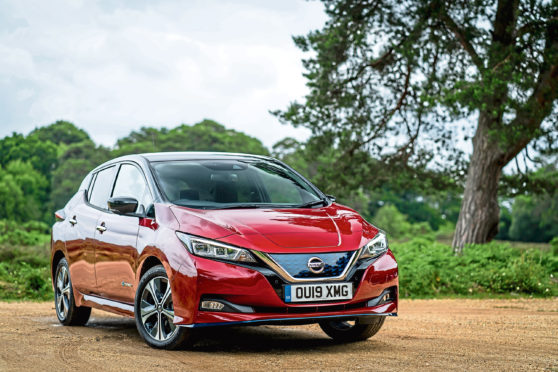The original Nissan Leaf was one of the first fairly affordable electric cars but with a real world range of 80-100 miles it wasn’t for everyone.
This all-new second generation version has the choice of a 40kWh battery, which can cover 168 miles, or the 62kWh Leaf e+ model I drove, which has a claimed range of 239 miles.
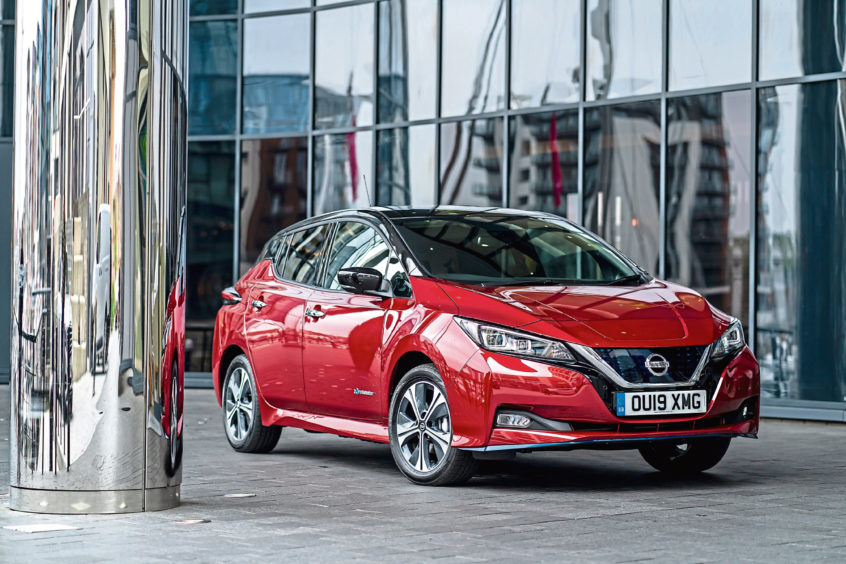
Don’t expect to cover that distance on a Scottish winter’s night. Yet, even with lights blazing, fans blasting and heated seats cranked up full, I covered more than 160 miles and still had around 12% left when I plugged in.
In many weeks 160 miles is enough to cover all my travelling needs – I walk to work so I don’t have a daily commute.
I’ve driven plenty of electric cars but this is the first time I’ve had one for a full seven days and had to worry about range and charging.
So what was an electric car like to live with? Generally very easy is the answer. The only glitch I had was when I plugged in at St Andrews University to coach a volleyball session. I’d connected to a 7kW charger which, over two hours, took the car from 12% to a mere 32%. Had I done a bit more homework I could have found a 50kW point that would have whacked me back up to 80%.
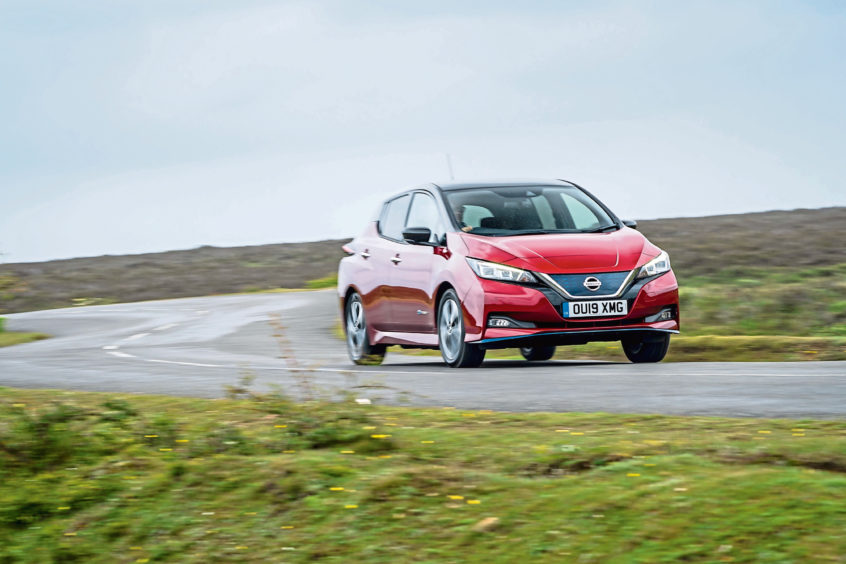
It’s cheap too. ChargePlace Scotland costs £20 a year for membership and its network of charge points are then free to use. That gives absurdly low running costs and I would expect the days of free charging to be numbered as more people buy electric cars.
Nissan has cut Leaf prices, which now start at £26,345 for the 40kWh model, including the £3,500 government grant. My top spec 62kWh model cost a little over £36,000.
The new Leaf has much smarter and more conventional looks than its predecessor. It’s also better to drive. The more powerful model I drove has 217hp and gets from 0-62mph in 6.9 seconds – making it faster than the vast majority of 2.0 litre petrol and diesel cars.
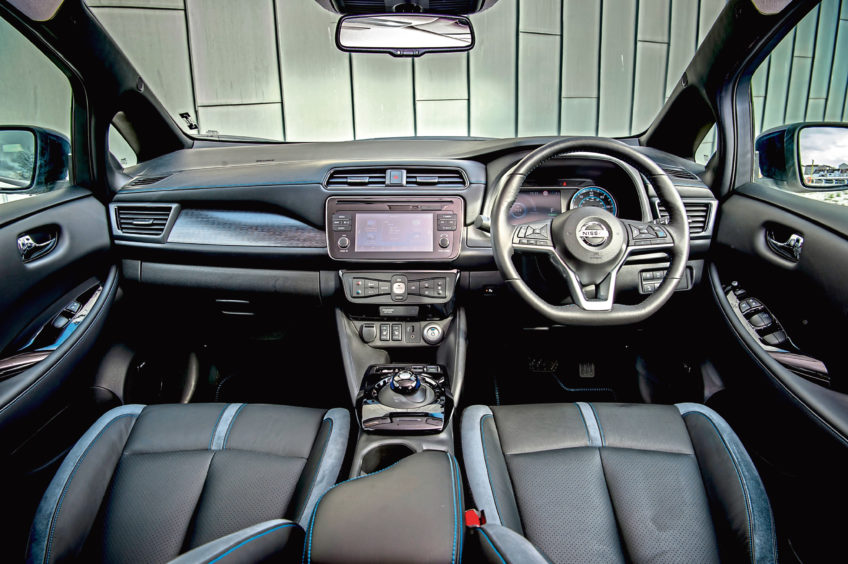
The absence of any engine noise makes it as quiet as a luxury saloon when cruising on the motorway. The suspension’s decent too, soaking up bumps nicely. Nissan guarantees the Leaf’s battery for eight years and 80,000 miles, so durability shouldn’t be a problem. When its capacity does drop it can be repurposed to store home energy from solar panels.
It’s now clear electric cars are going to be the future. If they’re all at least as good as the Nissan Leaf I’ll be happy with that.
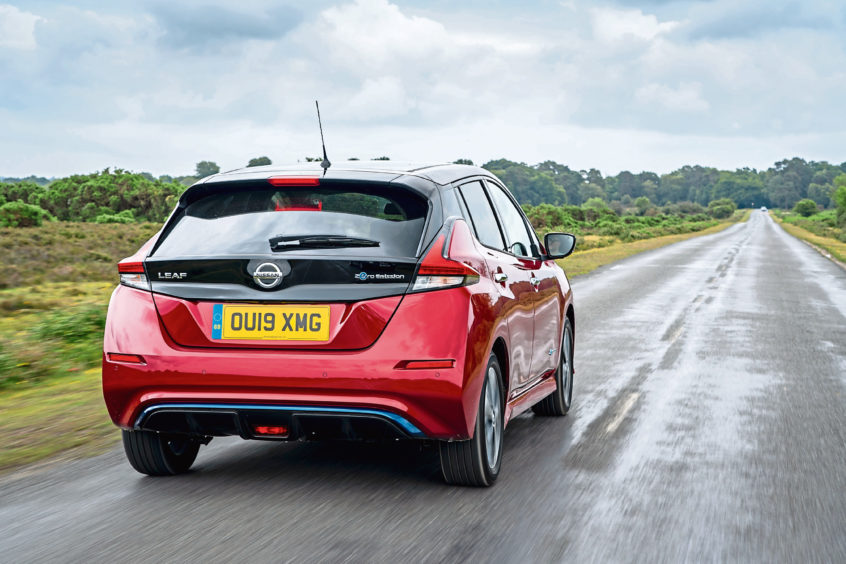
jmckeown@thecourier.co.uk
Price:
£36,670
0-62mph:
6.9 seconds
Top speed:
98mph
Range:
239 miles
CO2 emissions:
0g/km
